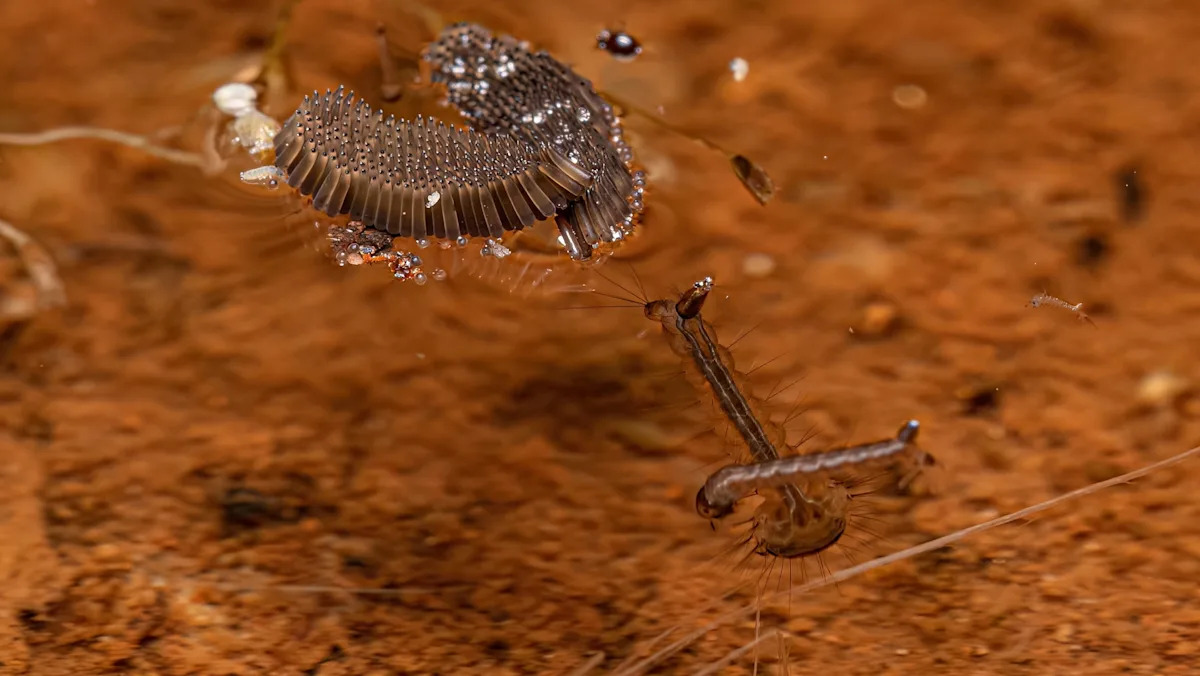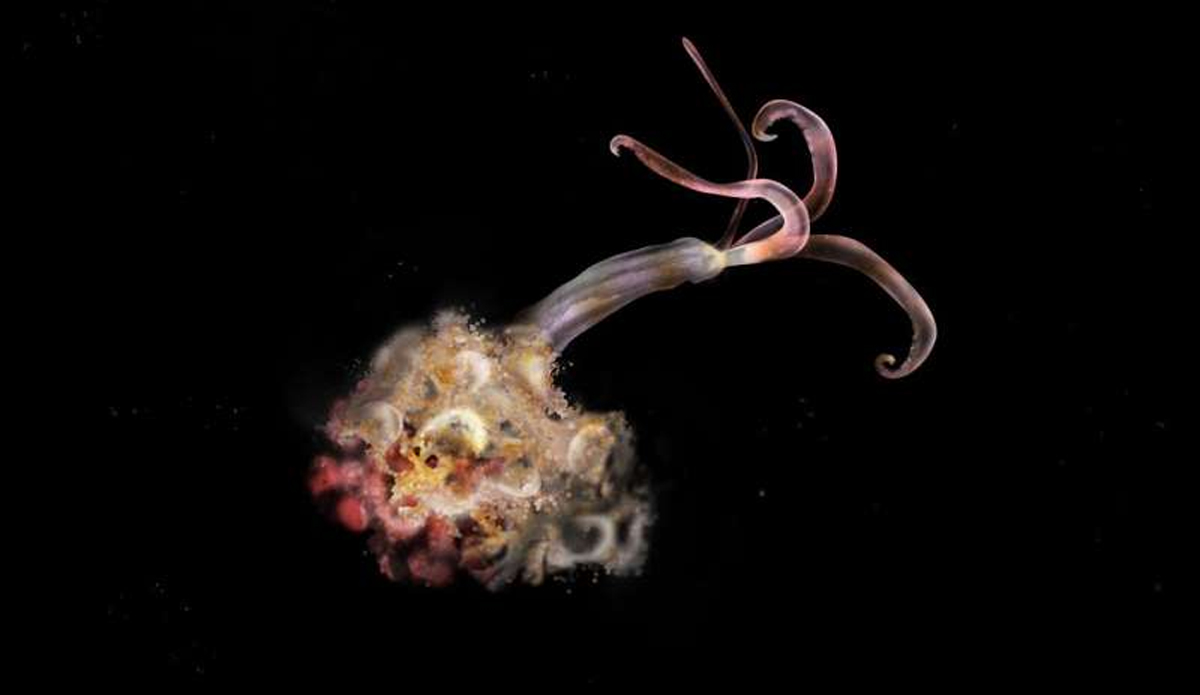Photo: Ocean Networks Canada
There may be fewer zombies in the ocean, and that’s a problem. According to research published in the journal Frontiers in Marine Science, the disappearance of a bone-eating deep-sea worm called the zombie worm could be the result of low oxygen due to anthropogenic ocean warming.
Osedax, also known as the “zombie worm,” has a terrifying name, and even more disturbing eating habits. The animals feast on the bones of whales on the seafloor by drilling in with their “roots,” secreting an acid that dissolves the bone, and then using symbiotic bacteria to digest the fat and protein inside. The critters were first discovered in 2002, and we’ve since learned that they play a critical role in bone decomposition, especially in whale carcasses on the seafloor, called whale falls.
However, Osedax may be in trouble.
In an experiment led by Fabio De Leo, a senior staff scientist with Ocean Networks Canada and adjunct assistant professor with the University of Victoria’s Department of Biology, researchers placed humpback whale bones on the ocean floor off the coast of British Columbia and proceeded to observe them for an entire decade. Over the course of the experiment, they found no evidence of zombie worms.
“This was a remarkable observation in such a long-term experiment,” said De Leo in a press release. He elaborated that the cause may be low concentrations of oxygen at the observation site.
That’s because Barkley Canyon, where the experiment was held, is in a naturally occurring low-oxygen zone. The absence of the worms may signal that expanding oxygen minimum zones (OMZs) in the northeast Pacific may be affecting them. The worms normally feed on whale falls on the ocean floor and disperse their larvae large distances – a process that would be disrupted by the low oxygen and lead to “potential species loss,” according to Leo.
“It looks like the OMZ expansion, which is a consequence of ocean warming, will be bad news for these amazing whale-fall and wood-fall ecosystems along the northeast Pacific margin,” said Craig Smith, professor emeritus at the University of Hawaii, who co-led the experiment.
First Appeared on
Source link













